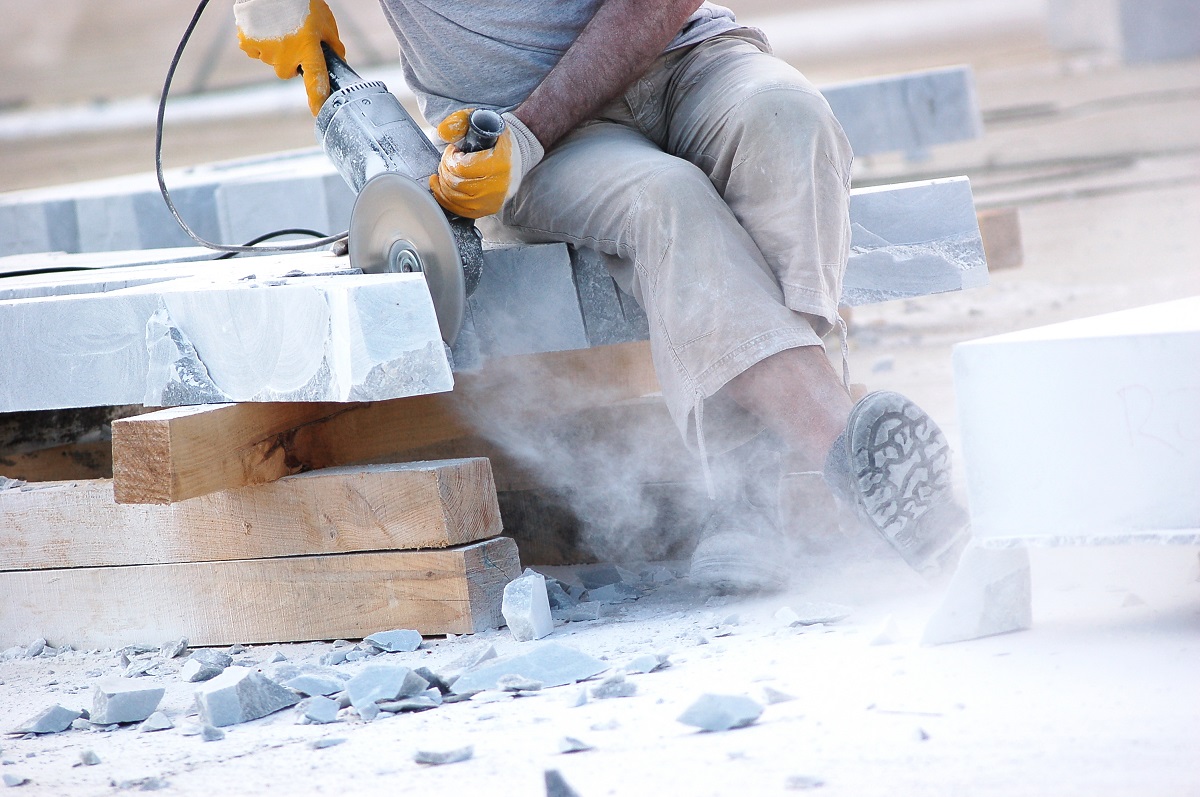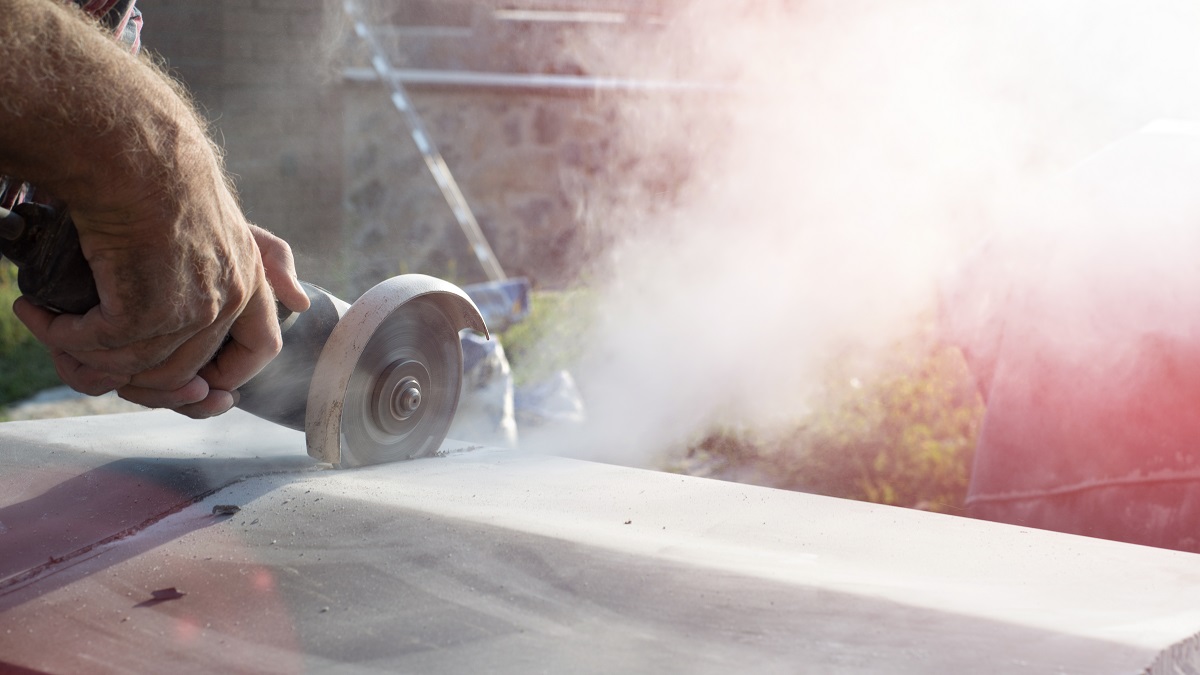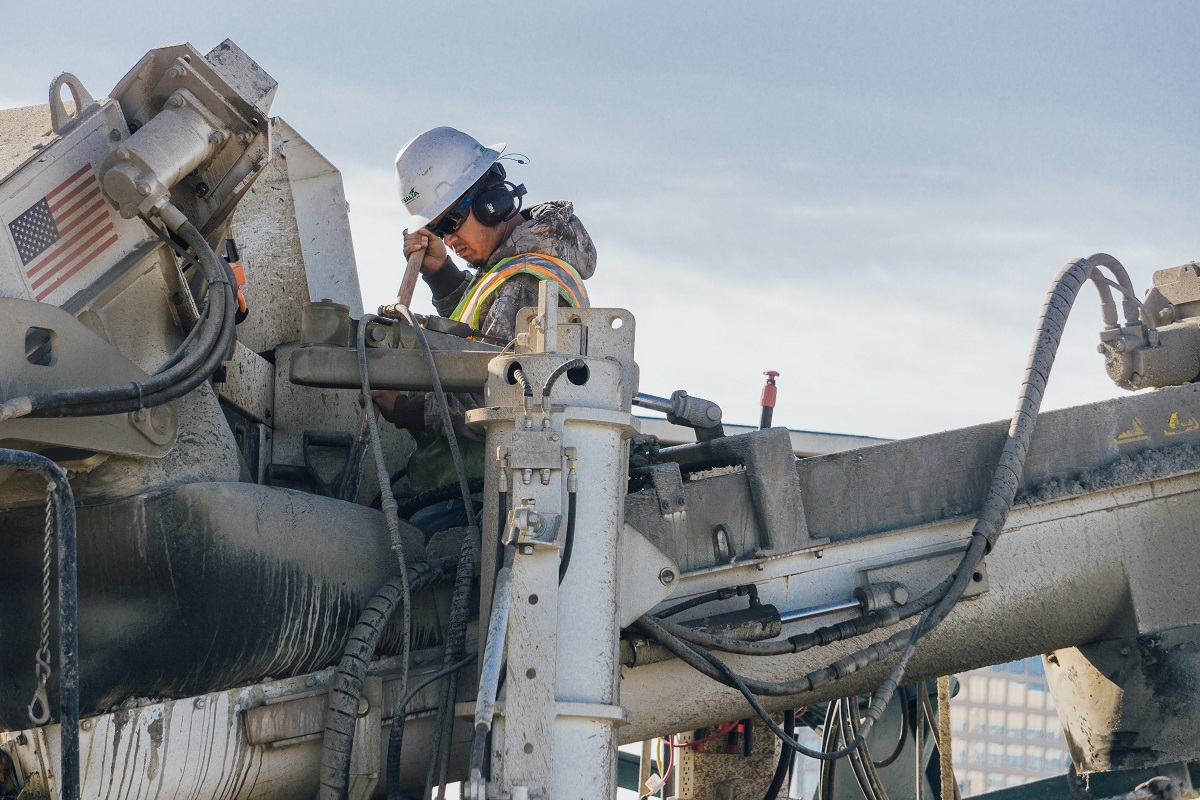Millions of workers at risk for silicosis yet might not know it
While it takes sustained exposure to silica dust over long periods of time for silicosis to develop, the prevalence of silica in nature creates makes it more common for those who work in construction, mining and other industrial industries. Despite OSHA regulations and the duration one needs to be exposed to silica dust, silicosis is still the cause of death for 250 Americans each year.

Are you in danger of developing silicosis? If you were, would you know it?
Silicosis, known by many different names such as rock tuberculosis, potter’s rot, grinder’s rot, dust consumption, and stonemason’s disease, is a lung disease that remains a serious threat to nearly 2 million workers across the United States (1). Under the larger medical classification of pneumoconiosis, this disease occurs through inhaling silica dust particles that fill your lungs and cause scarring to occur. Over continued periods of exposure and inhalation, the fibrous scarring in your lungs can form nodules that grow together and create a serious health risk.
Unfortunately, most Americans are completely unaware of silicosis, the dangers it poses and the ways in which you can protect your lungs from developing it. Like many of the cases we cover, silicosis is totally preventable and is primarily found when employers are not taking the appropriate precautions necessary to protect their employees. Whether the injury happens from ignorance on the part of the employer, the employer trying to cut costs or out of pure laziness, the employer is often at fault for not keeping their workers safe.
Even though the Occupational Safety and Health Administration (OSHA) has clearly outlined that “breathing in silica dust can lead to a debilitating, irreversible, and a potentially fatal respiratory disease called silicosis, as well as a number of other health conditions (2),” employers fail to take the threat seriously. Those who are at the highest risk of developing silicosis are:
- Construction workers
- Miners and those working in and around coal and hard rock mines
- Tunnel workers
- Stone Masons (as well as stone cutters)
- Sandblasters
- Glass manufacturers
- Steelworkers
- Quarry workers
While it takes sustained exposure to silica dust over long periods of time for silicosis to develop, the prevalence of silica in nature creates makes it more common for those who work in construction, mining and other industrial industries. Despite OSHA regulations and the duration one needs to be exposed to silica dust, silicosis is still the cause of death for 250 Americans each year.

If you work in one of these industries, how would you know if you are developing silicosis?
The most important thing to note, aside from making sure you use the appropriate safety equipment, are the symptoms of silicosis. Knowing the symptoms may help people seek early treatment to avoid serious or fatal effects. While common to many illnesses, developing a sustained cough that doesn’t go away is the first sign of silicosis. Those who work in the industries that are most vulnerable to silicosis should be vigilant to any sustained cough that lingers longer than a typical virus.
There are three types of silicosis that you can develop: simple silicosis (also known as chronic silicosis), accelerated silicosis, and acute silicosis. While all three usually require up to ten years of continued exposure to silica dust, they differ in severity. Simple silicosis is often confused with chronic bronchitis and is the least abrasive of the three types. For most of those that develop simple silicosis, it will go undiagnosed their whole lives.
Accelerated and acute silicosis are much more severe and come on faster. With accelerated cases, the inflammation, swelling, and scarring in the lungs make it impossible to go unnoticed and will progress much faster than simple silicosis. Acute silicosis is developed when extremely high levels of exposure take place in a short period of time. Those who suffer it will endure the same respiratory issues found in the other two forms, but it is accompanied by fluid that fills the lungs, a loss of oxygen in the blood, fever and weight loss. Those that contract acute silicosis often deal with severe and at times fatal symptoms.
While these three forms of silicosis are the most common results of inhaling silica dust particles, a number of other negative health outcomes may occur. Workers have developed chronic obstructive pulmonary disease (COPD), lung disease, lung cancer, lupus, tuberculosis, chronic bronchitis, and rheumatoid arthritis from exposure to silica dust. All of which can cause irreversible damage to your lungs and respiratory system.
Silicosis is preventable and treatable
Even though medical advances have made early detection of silicosis treatable, we are still faced with nearly 250 deaths in the US each year. This is most often attributed to the frequency of misdiagnosed cases of silicosis. Because the symptoms of silicosis mimic several other respiratory illnesses, it often is treated as a much less serious respiratory issue. This gives the silicosis time to grow which can permanently scar lungs and over time develop nodules within the lungs, both of which constrict the amount of oxygen your body can inhale.
Because of this, it is important for doctors to be aware of patients' work environments and the level of exposure to silica dust. If you or someone you know was exposed to silica dust and has developed respiratory issues, make sure you tell a medical professional immediately. Making doctors aware of your exposure could lead to a diagnosis before the damage is irreversible.
Since silicosis is a preventable disease, employers who fail to supply their workers with proper equipment can and should be held responsible. While our office is not currently handling these types of cases, we would still love to help you find the legal help you deserve. If you or someone you love has suffered from any form of silicosis or has been diagnosed with cancer, COPD, or another respiratory illness after exposure to silica dust, let us know by contacting us and telling us about your case. We offer a completely free case review and can help you find qualified legal representation.

We're here to help
Lastly, if you know someone who works in one of the high risk industries mentioned above, let them know the risk they face from inhaling silica dust and the damage it can cause. Raising awareness and spreading information is the best means of preventing this from happening to someone you love.
(1) https://www.osha.gov/Publications/osha3176.html
(2) Ibid.




